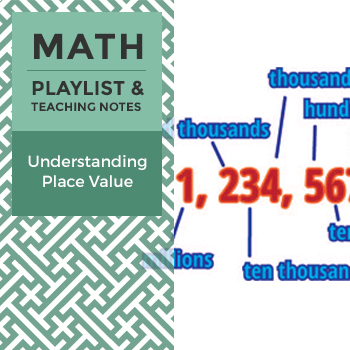Wisewire's Shop
Wisewire is a marketplace for sharing, creating, exchanging and purchasing high-quality learning resources. We’ve added a selection of our premium resources to TES! Sign up free on our site to take full advantage of our powerful assignment platform for creating and delivering computer-based assessments to your classroom. Winner of EDDIE Awards (2016); Tech & Learning Magazine Awards of Excellence (2016)























